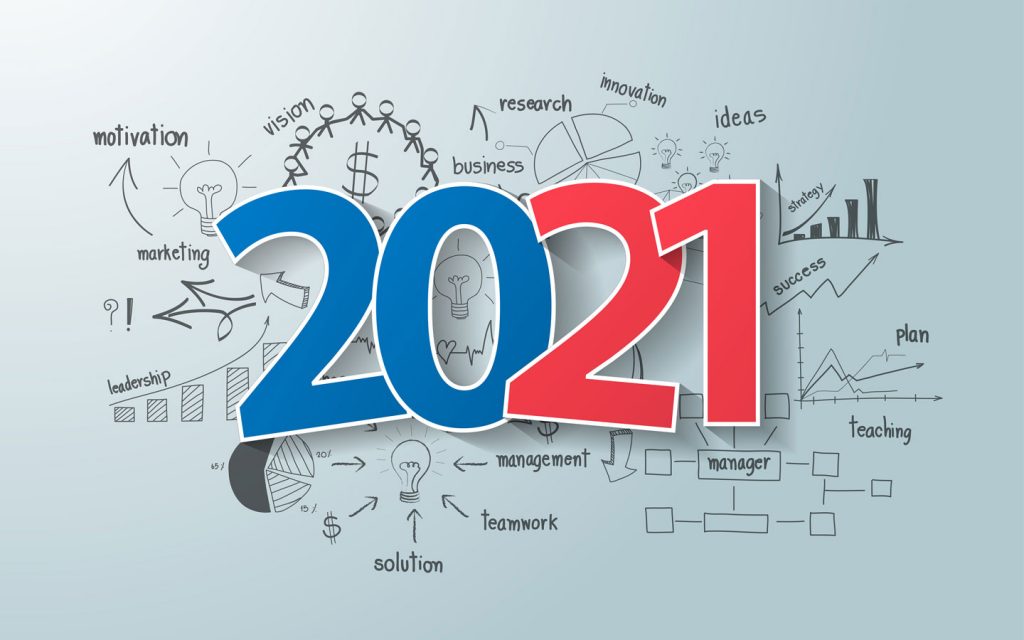Did you think you can use your in-person event strategies for virtual ones? After all, the message and the goal is the same. So why would you take a different approach?
While in-person events are still preferred and considered more effective, virtual conferences and meetings are taking over and the tech industry is constantly improving live streaming technology to incorporate every element necessary to make virtual events just as effective. However, there is one important element that is overlooked and underrated.
Content.
The content you created for an in-person event will most likely be ineffective for a virtual event. Here are 3 reasons to create an effective content strategy for virtual meetings.
- Duration:
Let’s face it. People are more focused during in-person meetings than during a virtual meeting because they are surrounded by a number of distractions during online sessions. During an in-person meeting, the speaker directly talks to the attendees, everyone’s watching everyone, and participation of each attendee is implied. The best way to maintain the attention of your attendees is to keep your virtual meetings short. That means you will have to reorganize your existing content to make it as short as possible and effectively convey your message. - Interaction:
Encouraging attendee participation has been an essential practice for productive meetings and conferences. This strategy is even more important for virtual meetings since participants tend to become passive which means they become ‘invisible’ in the group. Some attendees might find this kind of invisibility comfortable while others might find it demotivating. Your content should have sections that compel attendees to contribute to the meeting. Q&A sessions, polls, and suggestions are some of the ways to encourage interaction. - Audience Perspective:
Why are people attending your virtual event? Certainly, they aim to achieve or learn something from it. Does your content meet your audience’s expectations? At an in-person event, speakers can talk informally infusing humor and casual references. At a virtual event, this approach may not work since the attention span of virtual participants is short. They might infer your humor as ‘beating around the bush’ or ‘unnecessary talking’ and easily lose interest. Keep your content short, crisp, and direct – exactly what your audience wants to listen to. - Graphics & Media: Include images, videos, infographics, and so on. Visual cues and illustrations effectively grasp and maintain the attention of your participants than a lone speech from a speaker whom they can listen to even if they aren’t looking at the screens. Graphic illustrations convey information quickly and clearly.
Content is created differently to suit different means of communication even when the goals and the audiences are the same. You can determine that you have cracked the right content for your virtual event when your audience participates and hasn’t drifted into the world of distractions, and if you have communicated the main purpose of your event.



